Gold price waits for rates clues from Jackson Hole
Political turmoil in the US has the potential to 'help gold in the short and longer term'
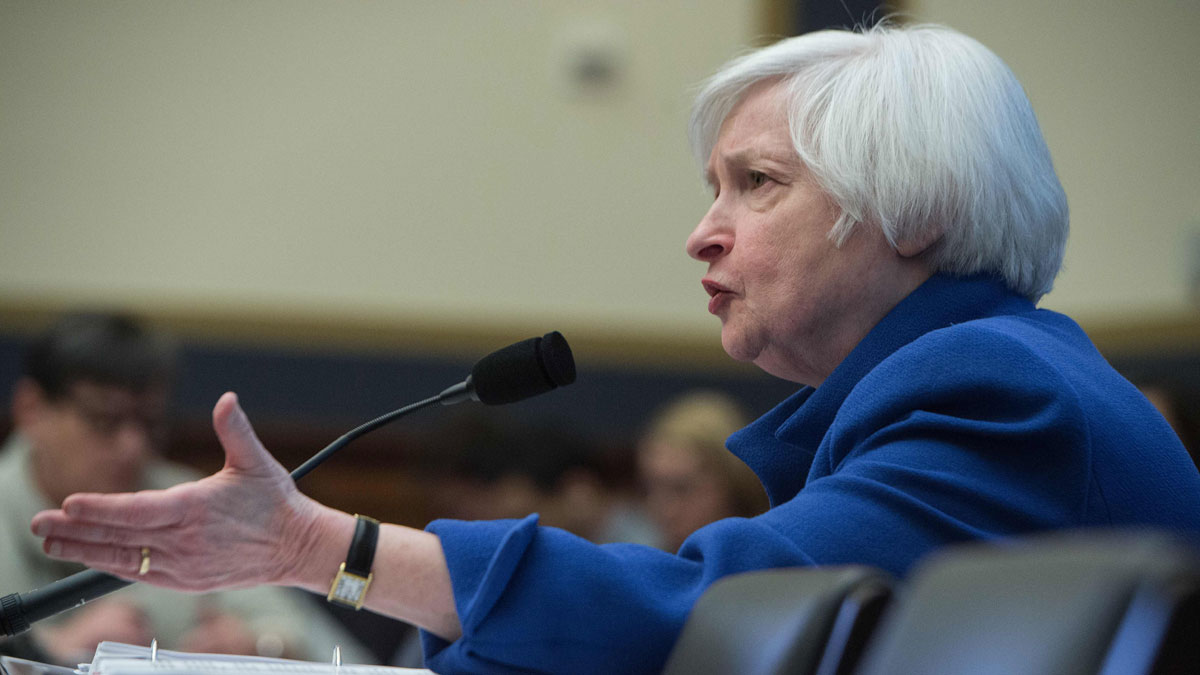
Gold price still sliding: where will it land?
6 November
Just before the announcement of the latest Federal Reserve rates decision, the gold price has tumbled sharply once again from its recent high watermark.
The Week
Escape your echo chamber. Get the facts behind the news, plus analysis from multiple perspectives.

Sign up for The Week's Free Newsletters
From our morning news briefing to a weekly Good News Newsletter, get the best of The Week delivered directly to your inbox.
From our morning news briefing to a weekly Good News Newsletter, get the best of The Week delivered directly to your inbox.
Having peaked at $1,182 an ounce just before the announcement last week, it has now plunged for five consecutive sessions and dipped as low as $1,114 in Asia overnight before finally stabilising. The fall marks the longest losing streak since September and the lowest settlement for five weeks, MarketWatch notes.
Gold was trading at $1,118 in Europe this morning. Experts says that the fact the precious metal has fallen below its recent support levels of both $1,165 and $1,150, where selloffs typically come to an end, means there is every chance the price could fall even further in the near term.
How low will it go?
The general consensus remains that gold will decline over the next 12 months, with the normalisation of interest rates encouraging investors to look to other income-generating investments.
A free daily email with the biggest news stories of the day – and the best features from TheWeek.com
There is currently a large "overhang" of positive bets on the gold price from hedge funds that might need to be unwound quickly, says Mining.com, and these could lead to a sharp drop when rates finally increase. Based on regulatory submissions, "hedge funds have 15.2 million ounces or 430 tonnes worth of gold looking for buyers".
Analysts have offered a range of mostly downbeat forecasts, all of them ending around the $1,000 an ounce mark. The bank Standard Chartered supports the view that the Fed's eventual rise will prompt a slide next year, CNBC reports, while Goldman Sachs says gold prices will "fall to $1,100, $1,050 and then $1,000 over the next three, six and 12 months".
Is anyone predicting a rise?
The chief executive of the German bullion dealer Degussa Goldhandel, which has just opened a new office in Singapore, believes that fears over the impact of the Fed's rates decision on the gold price are overblown, according to Goldman Sachs.
Wolfgang Wrzesniok-Rossbach says that factors holding the price down in recent years, such as an oversupply of scrap gold and a reduced investment in gold exchange-traded funds, have "fallen away", while the negative effect of a rates rise will be short-lived.
"Public opinion is often just looking at the dollar price, in all the countries," he said, adding that in markets such as China and Germany locals are unable to invest in dollars and "an investment in gold is also an investment against the depreciation of [their own] currency".
"If you ask me where [the gold price is going} from here in the next year, I think $1,500 is more likely than a $1,000 in the next 12 months," he added.
Gold price set for 'difficult week'
02 November
The gold price is continuing its painfall downward spiral after taking a turn for the worse last week.
Hopes of a turnaround came to an abrupt end on Wednesday after the Federal Reserve issued a much more confident commentary that raised the prospect of an interest rate rise next month. The new bearish mood persisted in Asia overnight and in Europe this morning, with one analyst predicting a "difficult week" ahead.
Just two weeks ago, the gold price broke out of technical constraints to move above its 200-day moving average, giving hope to backers of a rise above $1,200. But having risen to £1,182 just before the publication of the Fed's latest report, the precious metal subsequently embarked on a decline that saw it end the week at barely more than $1,141 an ounce.
In the first Asian session of the week, gold plunged to a three-week low below $1,140. It has now stabilised in London at around $1,137.
MKS said in a note to clients that the gold price is now some way below its "medium-term trend line" and struggling to find support as weak economic data in China continues to point to a slowdown that could reduce demand further. "It may be a difficult week," the broker concluded.
Investors are still rating the chance of a rise in interest rates in December at close to 50/50, although this is well ahead of previous odds of around 30 per cent. A bout of negative economic data may be all that is needed to encourage the view that a rates rise is less likely and thus prompt a short-term gold rally.
Either way, the general view among analysts is that a rise is due in the near future either next month or in the opening months of next year. This will most likely push gold to a nadir below $1,000 an ounce before it can set out on a more sustained recovery.
Gold price nerves exposed in post-Fed dive
29 October
Any lingering sense that gold traders have fully 'priced-in' the impact of an interest rates rise and are no longer in the thrall of the central bank's indecision was blown apart on Wednesday.
At first blush, the decision that ended the Federal Reserve meeting was no surprise – and should even, if anything, have helped gold.
Rate setters voted decisively against increasing interest rates, as they had been expected to do - non-yielding assets tend to suffer when rates rise and boost income-based returns available elsewhere.
But the statement published alongside the decision was seen to be much more hawkish than that accompanying the September hold, which had sounded a stark warning on the threat of a global economic slowdown and sent stock markets into freefall.
This time, CNBC notes, it made no mention of international headwinds and pointed instead to moderate domestic growth.
This was taken as a sign that a December rise is more likely – as Fed chair Janet Yellen has consistently maintained was likely. Gold, which had risen to $1,182 an ounce in the lead up to the announcement, plummeted $30 in minutes and at one point touched $1,152, its lowest level in two weeks.
The nosedive puts to rest arguments that gold has broken free from a dependence on a dovish Fed.
Some had argued that when it broke above its 200-day moving average earlier this month that it had 'priced in' the consequences of a rise and would confidently move towards $1,200 before the end of the year.
Now the bearish predictions of some observers that it will end the year in the region of between $1,100 and $1,000 appear much more likely.
The scale of the drop yesterday would also have been the result of hedge funds covering long positions – bets on a higher price – after being caught off guard by the statement.
Mining.com says institutional investors had increased positive bets for five straight weeks up to yesterday's announcement.
Gold price: is the 'bear trend' set to continue?
22 October
Hopes that a recent gold price rally might lead to a definitive comeback have proved to be in vain. Analysts are once more pointing to a "bear trend" that could persist into next year.
The price of gold dropped again yesterday when a slight rise in the dollar "pushed investors to take profits on recent gains", the Wall Street Journal reports. Having briefly gone above its 200-day moving average last week – peaking at $1,187 an ounce – the precious metal is back below this key threshold and has now settled at around $1,166.
While some analysts have suggested that gold's first break above this barrier in five months would lead to a positive year-end close of above $1,200, gold's return to its recent price range is prompting predictions of a drop towards $1,000 an ounce. As the US Federal Reserve continues to edge towards increasing interest rates later this year or early next, this lower price target might well persist into next year.
Goldman Sachs wrote in a note to clients that it expects the normalisation of interest rates, which will hurt non-yielding assets to push gold down to $1,100, $1,050, and $1,000 an ounce over the coming three, six and 12 months, says CNBC.
The Financial Times's John Authers agrees that gold is caught in a "bear trend" as expectations for inflation – against which the metal is commonly used as a hedge – remain low. He says gold is currently "overpriced", with comparisons with the long-term bonds that it mimics giving a "fair value" of $907 an ounce. Set against assets such as housing and wages, gold might be expected to give a price of around $1,000, he says.
It is still entirely possible that once rates do begin to increase the strong physical demand for gold will cause the price to bounce back faster than expected. But most experts are forecasting more falls over the short-term.
Gold price pegged back in sharp sell-off
20 October
The gold price plunged abruptly yesterday, as the end of its recent strong rally culminated in the steepest fall in more than two weeks. Having peaked last Thursday at $1,187 – in the process breaking through its 200-day moving average price and going above the high summer watermark – gold drifted a little lower on Friday. On Monday it slumped and at one point fell as low as $1,168, before recovering slightly. It is currently sitting at around $1,173.
"Technically, gold rallies have consistently failed around the 200-day moving average in 2015," Michael Armbruster, principal and co-founder of Altavest Worldwide Trading, told Market Watch. After its recent slide, gold is back below this technical threshold: the 200-day moving average currently stands near $1,176 an ounce.
Gold bugs had hoped that the commodity would push on to $1,200 an ounce or above after breaking free of its shackles last week, but with US interest rates still undecided there were fears it would be dragged back down. Armbruster says he will now "look for gold to pull back to the $1,150 level before deciding its next move."
The Wall Street Journal notes that the latest sharp fall is due in part to renewed speculation that a rates rise might happen this year, bucking an emerging consensus that consistently poor data is making this less likely. Strong American housing data went against the grain yesterday, in the process buoying the US dollar.A US rates rise would hurt non-yielding commodities such as gold and boost the dollar against which the metal is often used as a hedge. Once a rate rise happens, some reckon gold will only see a short-term decline before bouncing back, as physical demand remains high and stockpile reserves are low.
Gold price breaks out: how high can it go?
15 October
The price of gold has definitively broken through what was seen as a key resistance level, setting the precious metal on a path to its first positive year-end finish in three years.
Bullion settled at around $1,188 an ounce on the Comex division of the New York Mercantile Exchange yesterday. It has since moved broadly sideways and was holding ground at around $1,185 in London this morning, still well above the $1,170 threshold at which previous rallies had floundered.
Bloomberg notes that the gold price is now above its 200-day rolling average for the first time since May, another bullish technical indicator. Prices were buoyed by weak US retail sales data that has added to the view that the US Federal Reserve will delay a rates rise into next year.
A number of analysts have predicted that a confident break away from persistent resistance would see a rise beyond $1,200 by the year's end, signifying a positive move overall this year and the first annual increase since 2012. Daily FX and Saxo Bank have both pointed to targets of around $1,250 (see below).
But it's not all plain sailing for gold and trading remains very volatile. Bullion had actually broken through the $1,170 mark earlier yesterday before falling sharply – and then rebounding back equally strongly after the retail data was released. Mining.com notes that trading volumes were around double the daily average.
According to Bloomberg, the key issue is whether the Fed will decide to raise interest rates before the end of the year. Of 41 economists surveyed, 21 still see gold falling from its current level resulting in a loss for 2015, a forecast based largely on the view that rates will be increased no later than December.
The two most accurate forecasters are at odds short-term, but with rates set to rise before long both see a bearish picture emerging before gold can embark on a more sustainable recovery.
Barnabas Gan at Oversea-Chinese Banking Corp has predicted that the gold price will fall to $1,050 if the Fed raises rates this year, but otherwise reckons it will end the year at $1,200. He says he would then need to review his prediction for the metal to fall to $950 next year.
Robin Bhar at Societe Generale is calling a price of $1,050 for the end of the year and $1,000 next year, whatever the Fed's decision.
-
 Turner Prize 2025: ‘artistic excellence’ or ‘cultural nonsense’?
Turner Prize 2025: ‘artistic excellence’ or ‘cultural nonsense’?Talking Point Work by the four artists nominated for this year’s award is on display at Bradford’s Cartwright Hall
-
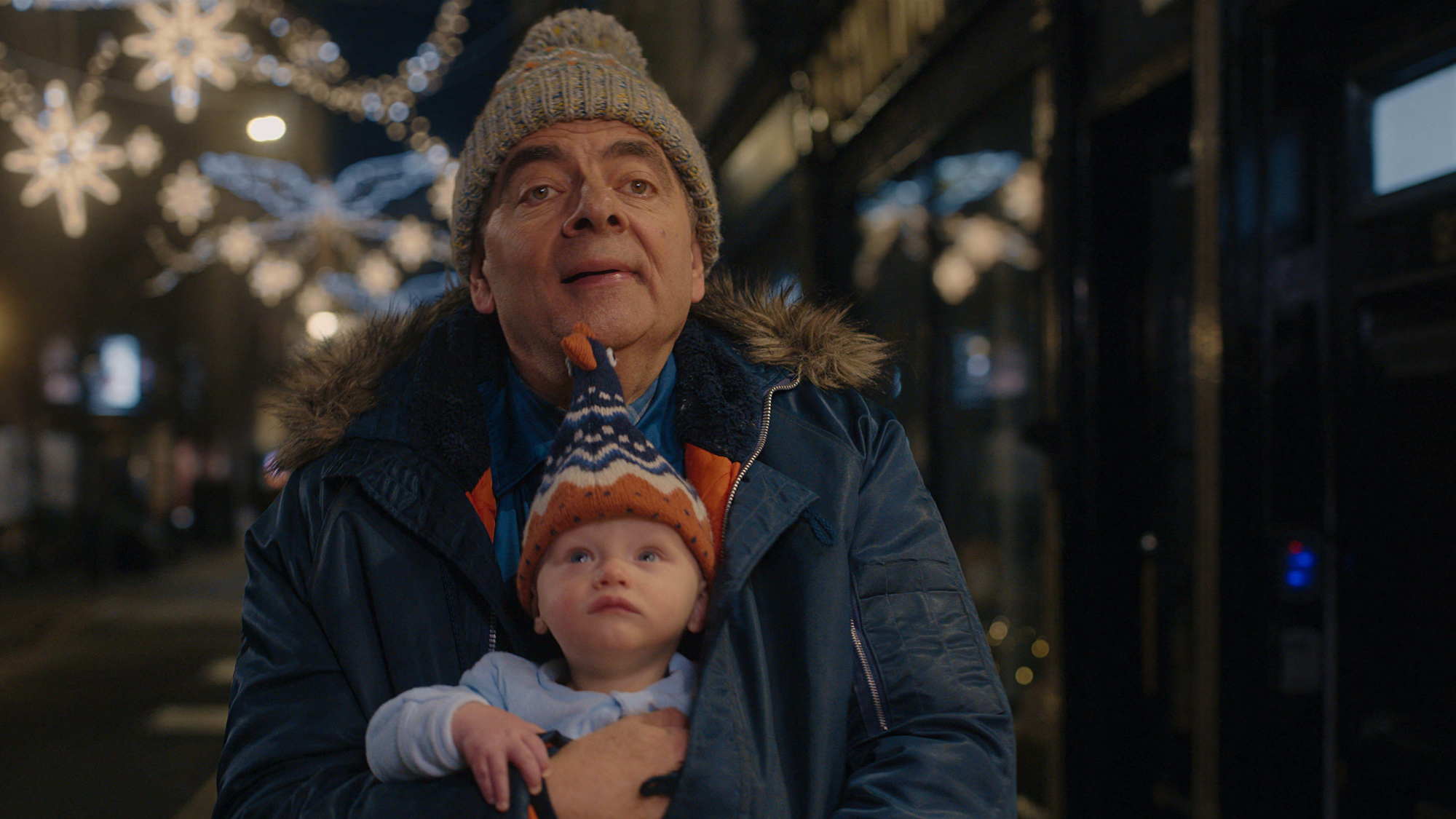 Man vs Baby: Rowan Atkinson stars in an accidental adoption comedy
Man vs Baby: Rowan Atkinson stars in an accidental adoption comedyTalking Point Sequel to Man vs Bee is ‘nauseatingly schmaltzy’
-
 Goodbye June: Kate Winslet’s directorial debut feels like a ‘John Lewis Christmas TV ad’
Goodbye June: Kate Winslet’s directorial debut feels like a ‘John Lewis Christmas TV ad’Talking Point Helen Mirren stars as the terminally ill English matriarch in this sentimental festive heartwarmer
-
 What a rising gold price says about the global economy
What a rising gold price says about the global economyThe Explainer Institutions, central banks and speculators drive record surge amid ‘loss of trust’ in bond markets and US dollar
-
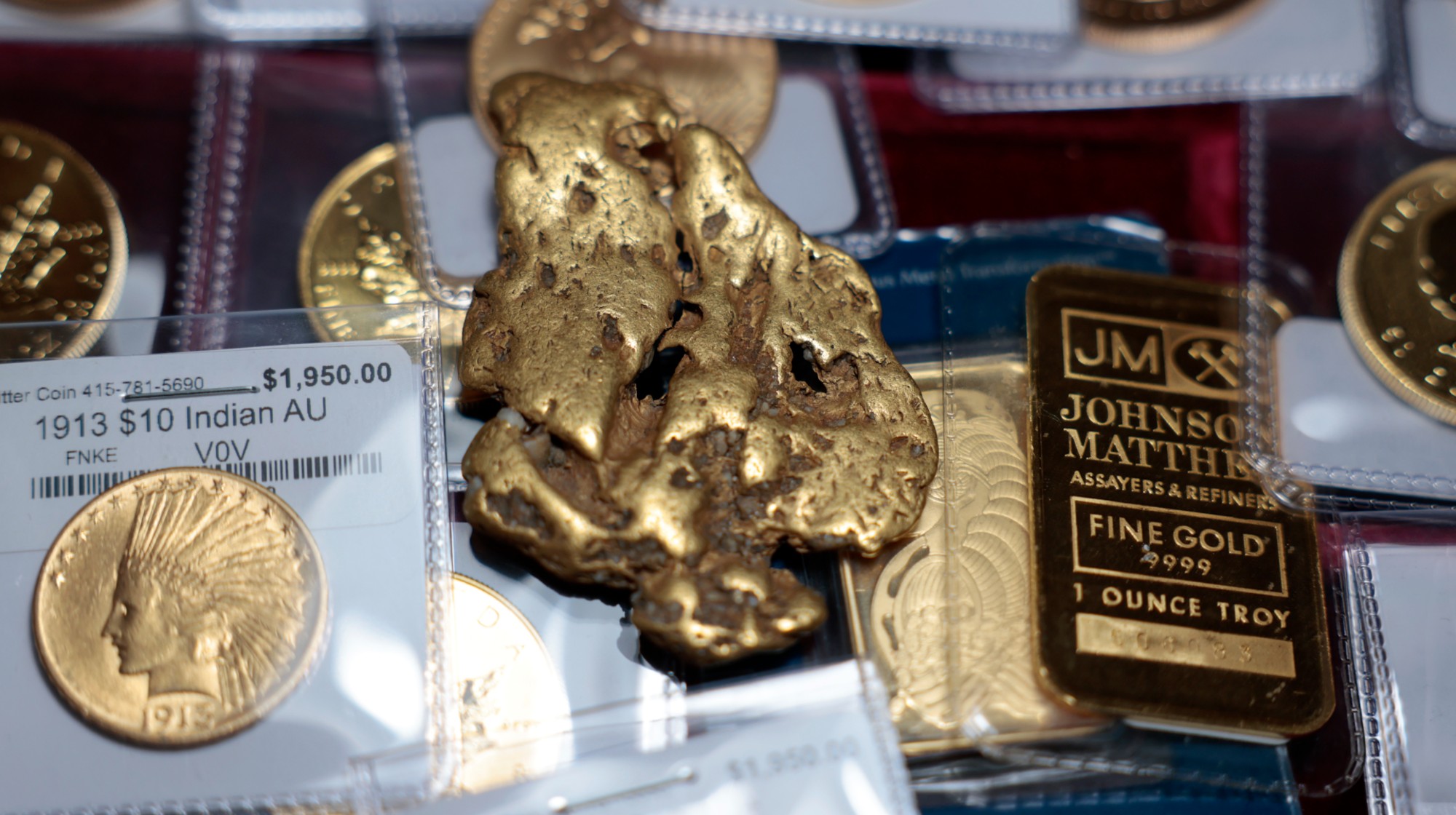 Gold tops $4K per ounce, signaling financial unease
Gold tops $4K per ounce, signaling financial uneaseSpeed Read Investors are worried about President Donald Trump’s trade war
-
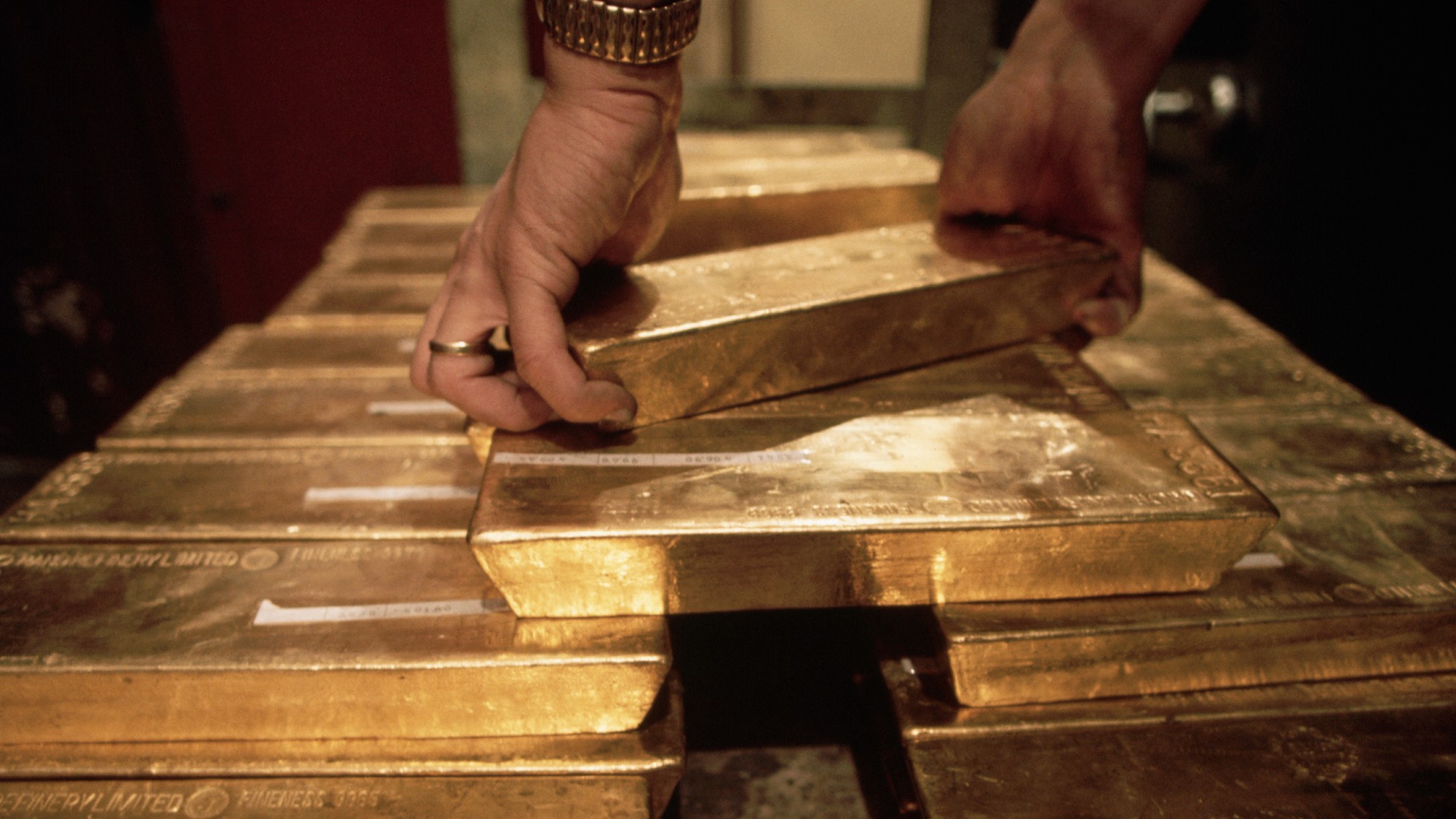 Safe harbor: Gold rises as stocks sink
Safe harbor: Gold rises as stocks sinkfeature It's a golden age for goldbugs
-
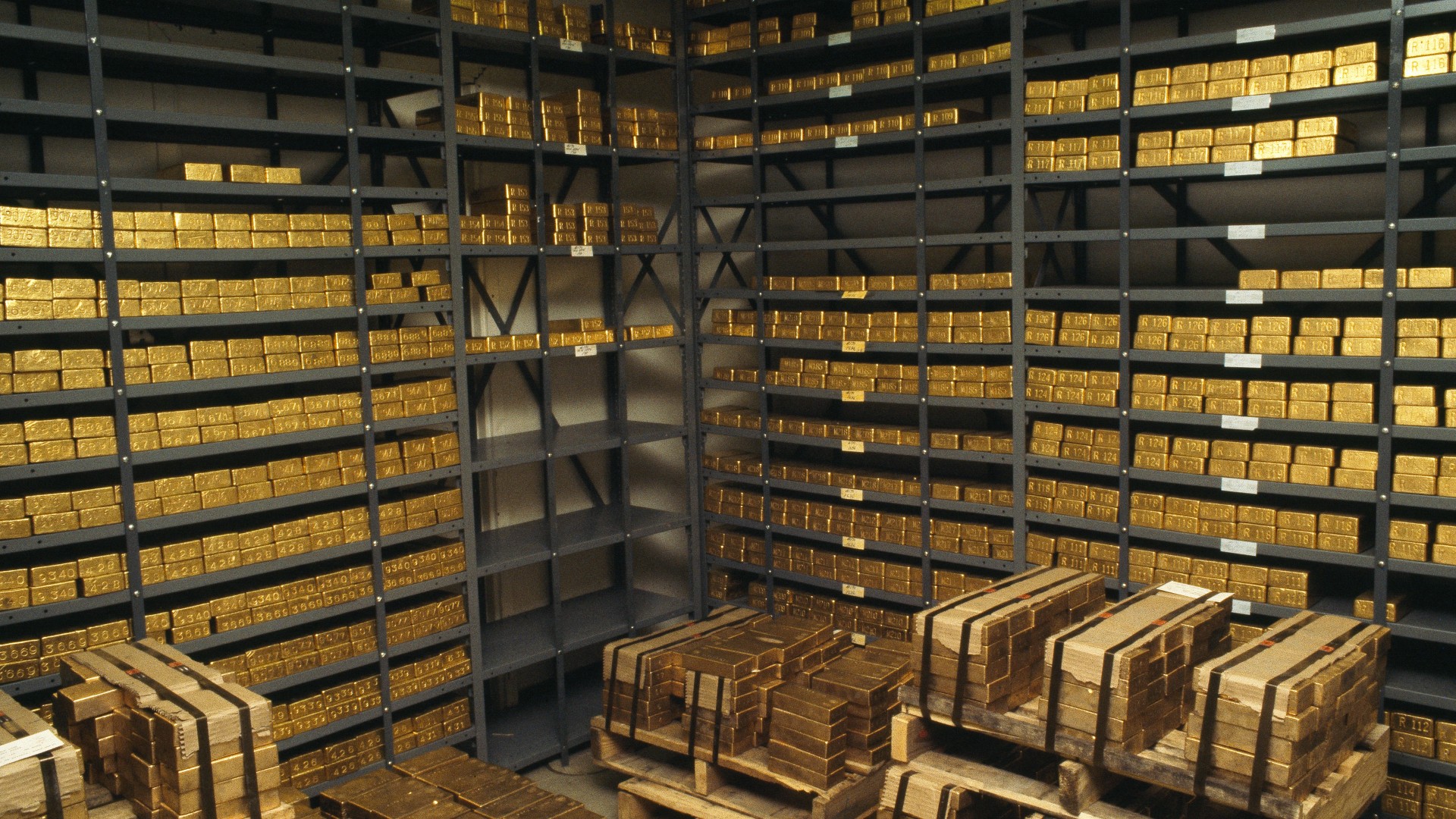 What rising gold prices can tell us about the economy in 2024
What rising gold prices can tell us about the economy in 2024The Explainer Market hits all-time high, boosted by a weakening US dollar and rising global tensions
-
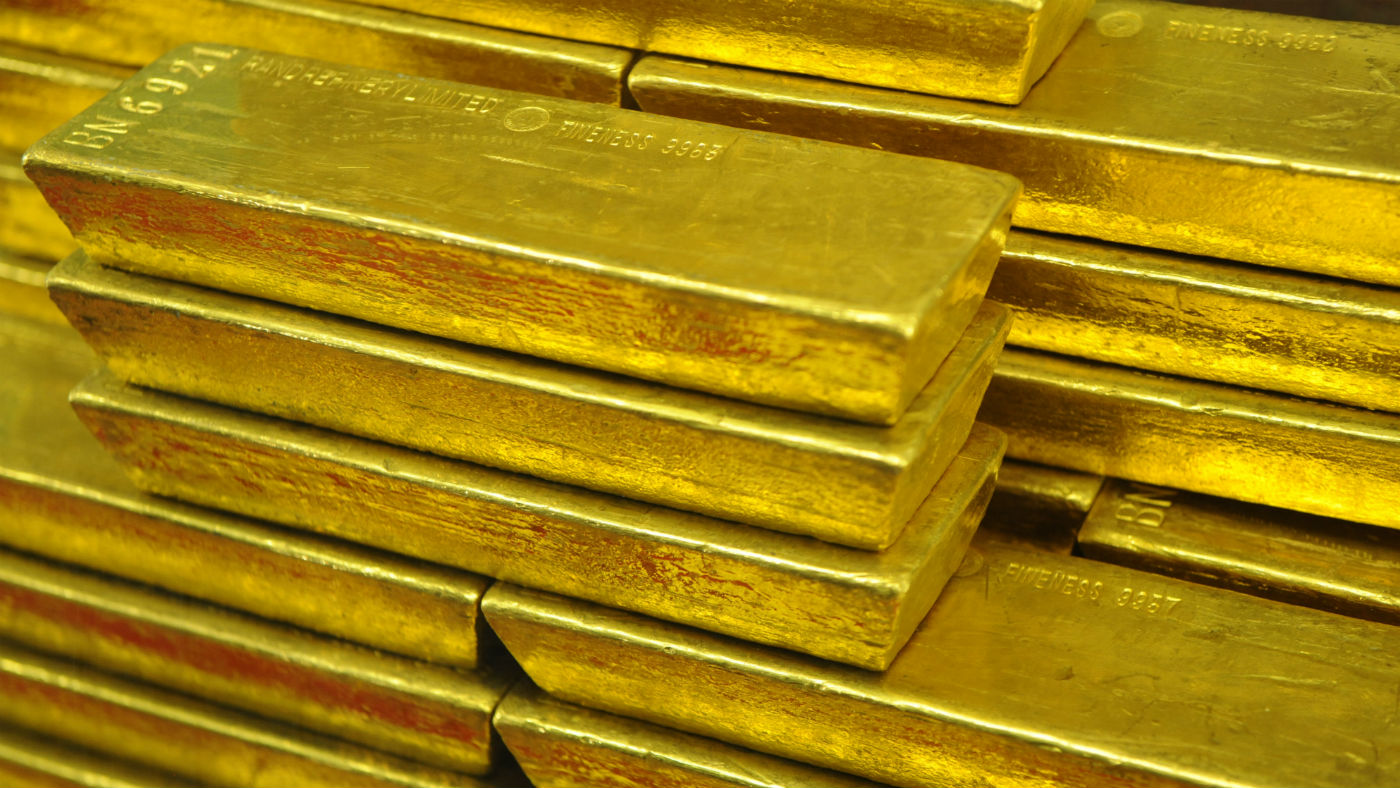 Gold’s ‘flash crash’: what the experts think
Gold’s ‘flash crash’: what the experts thinkfeature Bad news, good news and a loss of faith
-
 What is the price of gold and when is best to buy?
What is the price of gold and when is best to buy?Speed Read Economic and geopolitical uncertainty traditionally drives investors to reliable metal markets